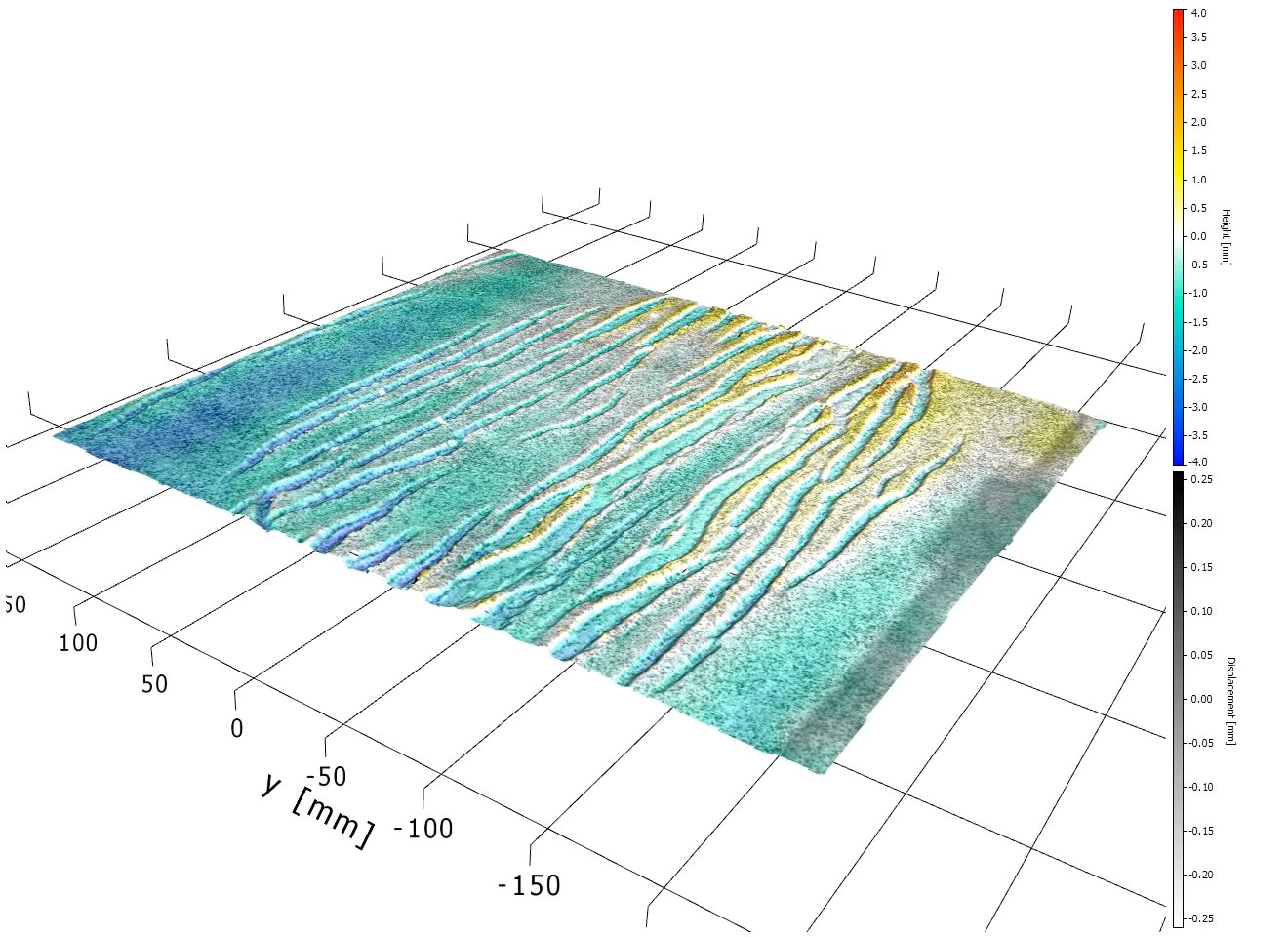The ARC Linkage/MRIWA M554 Evolution of Proterozoic multistage rift Basins public workshop was hosted on the 22nd June at Woolnough Lecture Theatre, The University of Western Australia. Over 40 industry partners and researchers joined the workshop to discuss the latest advances in understanding the Evolution of Proterozoic multistage rift basins.
During the public workshop, researchers from the University of Sydney, Monash University, and the University of Western Australia showcased their work, which included numerical geodynamic modelling analogue models to understand rift basin development and selective basin inversion, as well as the impact of obliqueness for basin development, and mantle drips influencing sag basin development. The analogue models highlighted the impact of craton margin geometries on crustal deformation. In the afternoon session, researchers used geophysics to map the major domain boundaries, and understand the mantle thermal conditions beneath the Greater McArthur Basin. An insight was made for coupling the MT with numerical geodynamic modelling to understand mineralization potential sites for mineralisation. Geophysical models also suggested different mechanisms driving the development of the Canning Basin. Based on the detrital and crystalline zircons, the depositional environments for the Greater Mc Arthur Basin were also highlighted.
During the discussion session, researchers established a connection between the insights drawn from numerical, analogue models, geophysical models, and studies on detrital and crystalline zircons, and how they relate to the evolution of the North Australia Craton. Participants engaged in an energetic exchange of ideas and thoughts on the presented topics. Experts from various fields provided their insights, fostering an atmosphere of collaborative learning and discovery.
Overall, the ARC Linkage/MRIWA M554 public workshop offered a platform for intensive learning and discussion among leading industry partners and researchers. The knowledge shared and the discussions generated will drive forward research in understanding the Evolution of Proterozoic multistage rift basins.


